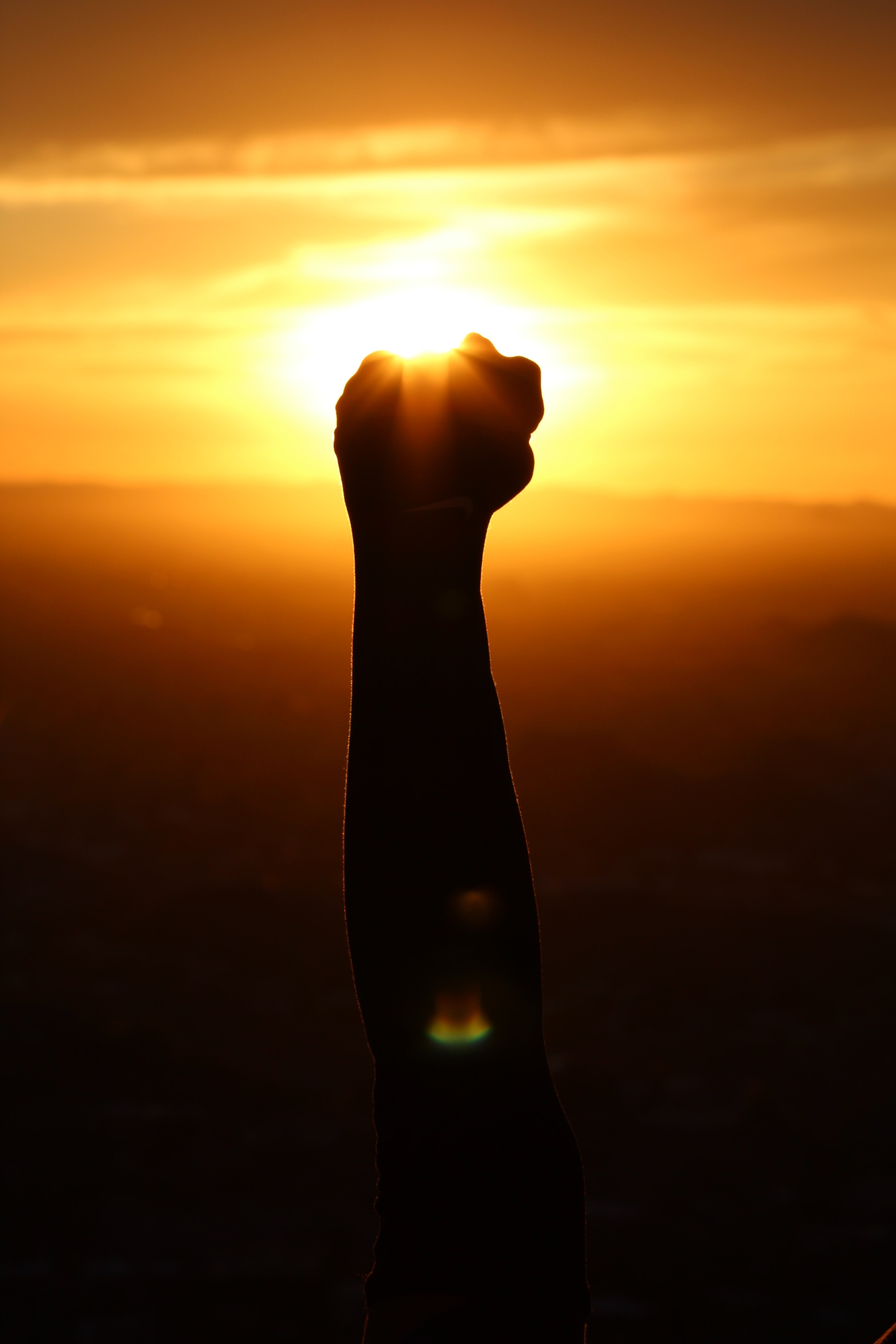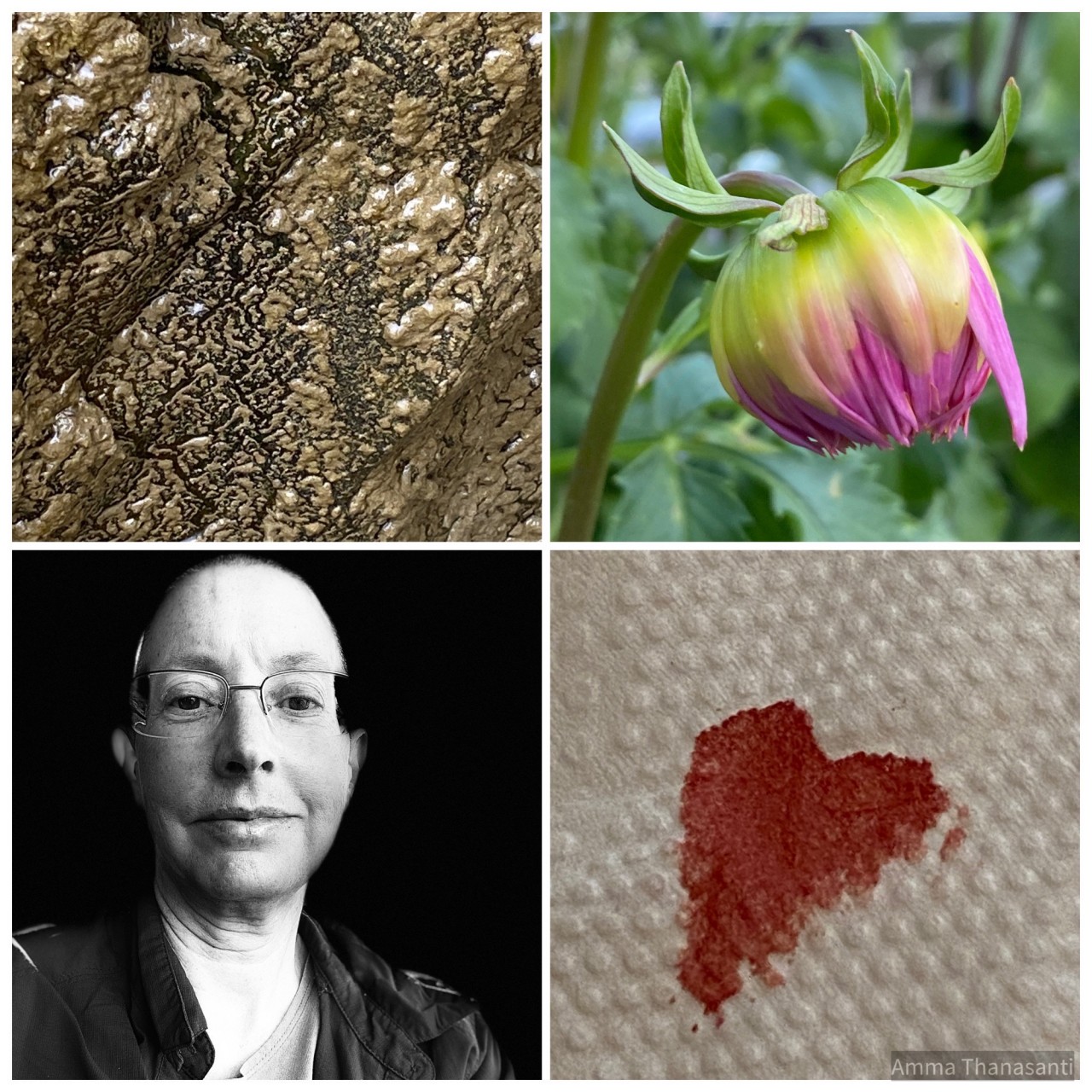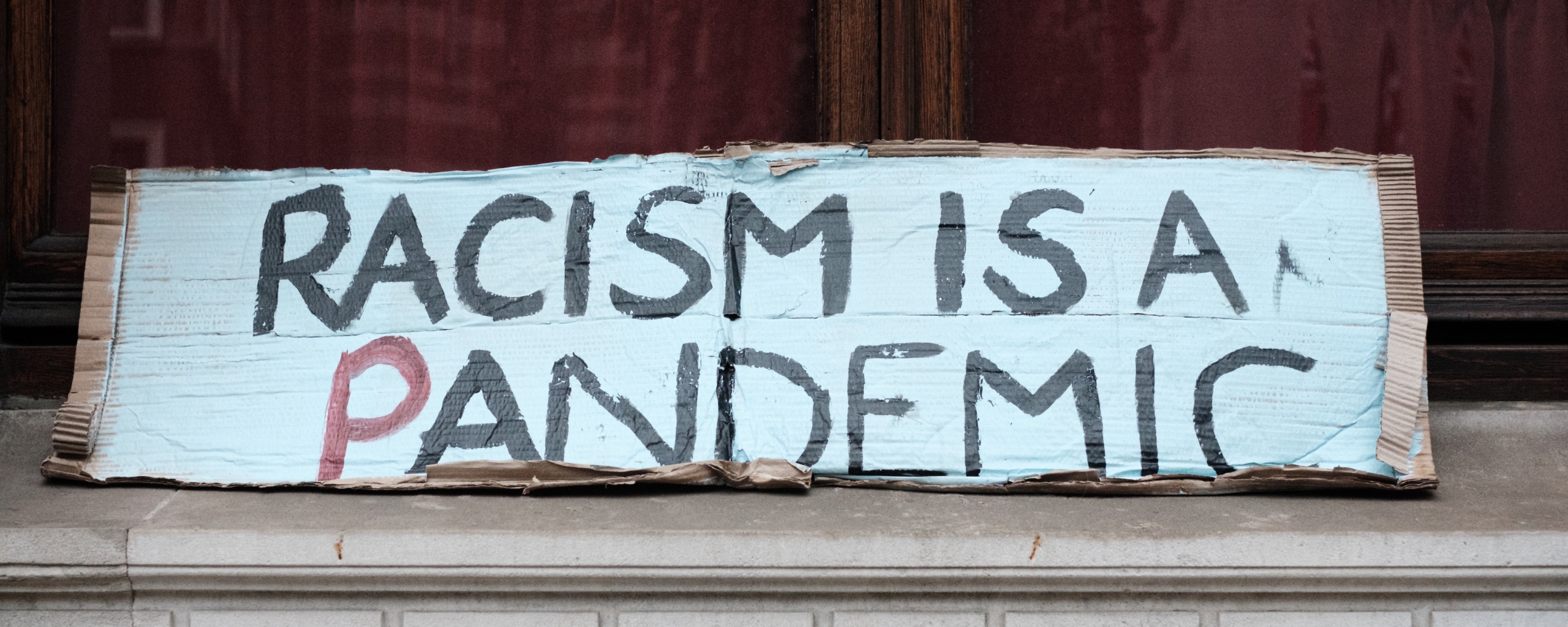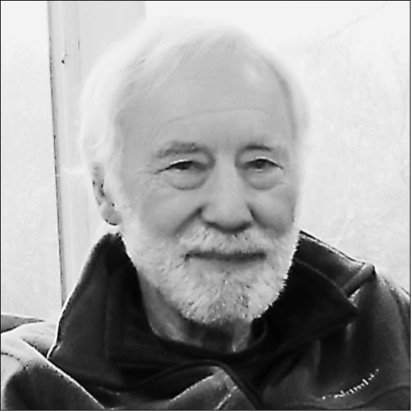Liberation from Racism

Photo by Richard Felix on Unsplash
Last year I wrote Seeing Beyond Racism. While I have learned more, and feel more comfortable seeing myself as White, I also see how multi-layered and complex racism and the process of waking up to racism is as a white person living in a white centered society. I’m grateful for my mentors, colleagues and friends. Just like my spiritual journey, understanding whiteness and unravelling racism is something we begin where we are at, and then take the next step forward. Like my spiritual path, deep work happens with connection and feedback, not in isolation.
Many people in this country, and worldwide, are still grieving and protesting the recent murders of George Floyd, Breonna Taylor, Ahmaud Arbury and too many more. Collectively these deaths have taken our breath away as we wake up to the reality that these are just a few names of people in an innumerable list of human beings who have died or been harmed as a result of racism.
I use the Four Noble Truths as a framework for focusing attention and efforts. It is succinct, yet it offers profound guidance to compel a lifelong inquiry unravelling the causes of stress. Like the purpose of the Four Noble Truths, it is my aim to show how unravelling racism is also a liberation practice.
The Four Noble Truths are:
-
-
-
- The Truth of Suffering
- The Cause of suffering
- The Cessation of suffering
- The Path leading to the cessation of suffering.
-
-
Life is a Pain
The truth of suffering is that suffering is here. It is in our bodies, the aches and pains we have. It is in our susceptibility to getting sick, of aging. Suffering is the pain of death. Suffering can also be found in the stress when the things we like change and when the things we don’t like stay; when we’re not in control. With so many of us dealing with the impact of Covid-19, we see stress on our systems from isolation, from financial concerns, from anxiety about what is going to happen next. We can also see how much time, energy and resources it takes to keep ourselves clean, fed, housed and healthy. That is of course, when we are fortunate enough to have access to these basic needs. Suffering exists and is part of life. But that isn’t the whole story.
The Reason Life is a Pain
The Buddha goes on to describe the cause of suffering is our reaction to what is happening, the way we want and don’t want things as they are, not necessarily the actual pain itself. We can see this in the pain in our bodies and getting older. The real problem is not the pain and getting older, it is not wanting them in the first place.
Suffering is not the Whole Story
The cessation of suffering is when we turn attention to the causes and dismantle them. When we see our craving for pleasure instead of dealing with pain, our distraction in the face of pain, our dismay at getting older. Right where we feel this wanting and not wanting is where the causes of suffering can end. Right there is the cessation of suffering.
The path that supports our ability to do this is described by the 8-Fold Noble Path.
Racism impacts access to healthcare, home and business loans, hiring and firing policies, is embedded in the media, the criminal justice system, government, and the distribution of wealth. Impacts from systemic racism are visible in a disproportionate number of people of color getting sick and dying, as well as dealing with financial devastation in the face of Covid -19. Seeing all of this the harm and death as a result of racism, we can conclude racism is suffering.
Causes of Racism
There are many causes of racism including supremacy and trauma.
Here in the USA, we are in a white centered society. One cause of racism is the delusion that white people are superior to Black, Brown and Indigenous people. The flip side of superiority is being taught that non-white people are inherently dangerous, dishonest and don’t feel pain; that they are somehow less than human. This delusion is expressed individually, culturally, and systemically and institutionally.
Our individual expression is related to our personal beliefs and value judgments. My meditation mentor, a Black, highly educated, accomplished, professional woman shared that whenever she goes shopping, she does several things so no one thinks she is stealing.
Implicit bias is more challenging to see. It is like the air we breathe; it is not usually visible unless it’s really cold out, or there is something like smoke that highlights it. Implicit biases are the things we don’t know we think- it’s the way things are supposed to be. It is normal. In a white centered society, we don’t have a backdrop to reveal our implicit bias unless we create it. Another way implicit bias is like air is that it is everywhere. Implicit bias means that until we, as white people, see White Supremacy as our problem, it is not going to change.
Explicit and implicit bias, the delusion of superiority, and their shadow fears and negative stereotypes play out culturally in the way groups either deliberately or unconsciously are biased to select white people over People of Color and make it safe for white people and unsafe for People of Color to speak up and ask for and get what they need.
Systemic or structural racism operates in institutions, laws, ways that criminal justice, education, and economic systems work, independent of what we personally think, believe or value. Furthermore, as white people we benefit from these unjust systems even when we don’t agree with them and had nothing to do with creating them.
Trauma
The second cause of racism is trauma. Looking at Resmaa Menakem book My Grandmother’s Hands, he shows how trauma is reenacted rather than resolved. He talks about medieval times in Europe when white people commonly tortured other white people. When white settlers came to this land, they unleashed their unresolved trauma on Black and Indigenous people.
Trauma is primarily a physiological problem rather than originating as a belief or attitude. Trauma lives in our bodies; in the tension in our muscles, the level of arousal in our nervous systems. When we have trauma in our system it will shape the way we perceive and interpret sensory input. This has everything to do with why it is really easy to have exaggerated reactions and extremely challenging to respond with discernment, feel calm, or settled when we are triggered.
Releasing Trauma
Releasing trauma is both an art and science, staying activated enough to feel discomfort, but not so activated we lose discernment. During this optimal activation zone, we learn to oscillate focus between discomfort and sensations or sights that are calming and soothing. As we do this, the trauma releases from our muscles, nervous system and we end up feeling settled and calm.
The causes of racism:
1. Supremacy based on delusion, greed and ill will in order to maintain power and privilege.
2. Trauma that is enacted on other bodies, rather than resolved.
We can say that the delusion of supremacy and trauma are causes of racism.
Suffering isn’t the whole story. It is the beginning. When we look at the causes and unravel them, we release suffering. TheThird Noble Truth is that there’s a cessation of suffering.
Delusion, Conceit, and Separation
The Buddha spoke about conceit as a fundamental delusion. He wasn’t only talking about the conceit of feeling superior. Surprisingly, he spoke about feeling equal to and feeling lesser than someone else also as expressions of conceit. The Buddha was pointing out that we don’t exist as solid separate entities. Instead, we are part of a web of life, a set of interdependent causes and conditions. Furthermore, this delusion of seeing ourselves as solid, separate is a root cause of all forms of suffering, not just racism. Seeing this mistaken view, we are invited to come back into a fabric of being and relatedness, connected to the whole rather than isolated as a separate part. Understanding and living from the perspective of being part of the whole, from the place of connection is both the path and the goal of a spiritual life. The more we are connected to the whole fabric of life, the more it highlights the aberration of racism.
Since one of the main causes for racism is the sense of separation, seeing ourselves as distinct and separate from others, then as we release that, we also release the separation that keeps us in a wheel of suffering. This liberation isn’t abstract. It means that we come home to a sense of belonging in awareness, with each other and all of life rather than feeling on our own to figure things out or worse, being abandoned to outer-space without a mother ship.
The Four Noble Truths as applied to racism:
-
-
-
- Racism is suffering
- The delusion of supremacy and trauma are causes of racism
- Resolving trauma and awakening to the delusion of White Supremacy is a path toward the end of racism
- There is a path to end suffering
-
-
The Four Noble Truths point to the symptoms, the cause and the medicine to remove the disease. The elegance of interconnection reveals both the path and goal; showing how a spiritual path and unravelling racism are intertwined, and is personally liberating both in the way we release what keeps us tethered to the wheel of suffering and how we end up connected to life, wholeness. The path requires seeing how implicit bias, cultural bias and structural biases take shape and galvanizing to dismantle them. Spurred by tragedy and heartbreak, people worldwide have come together to deal with the explosive pandemic of racism.
It is time to mobilize. Wherever we are in our learning and commitment to unravelling racism, it’s time to take another step.
Awakening Truth Newsletter!



 Amma Thanasanti
Amma Thanasanti





